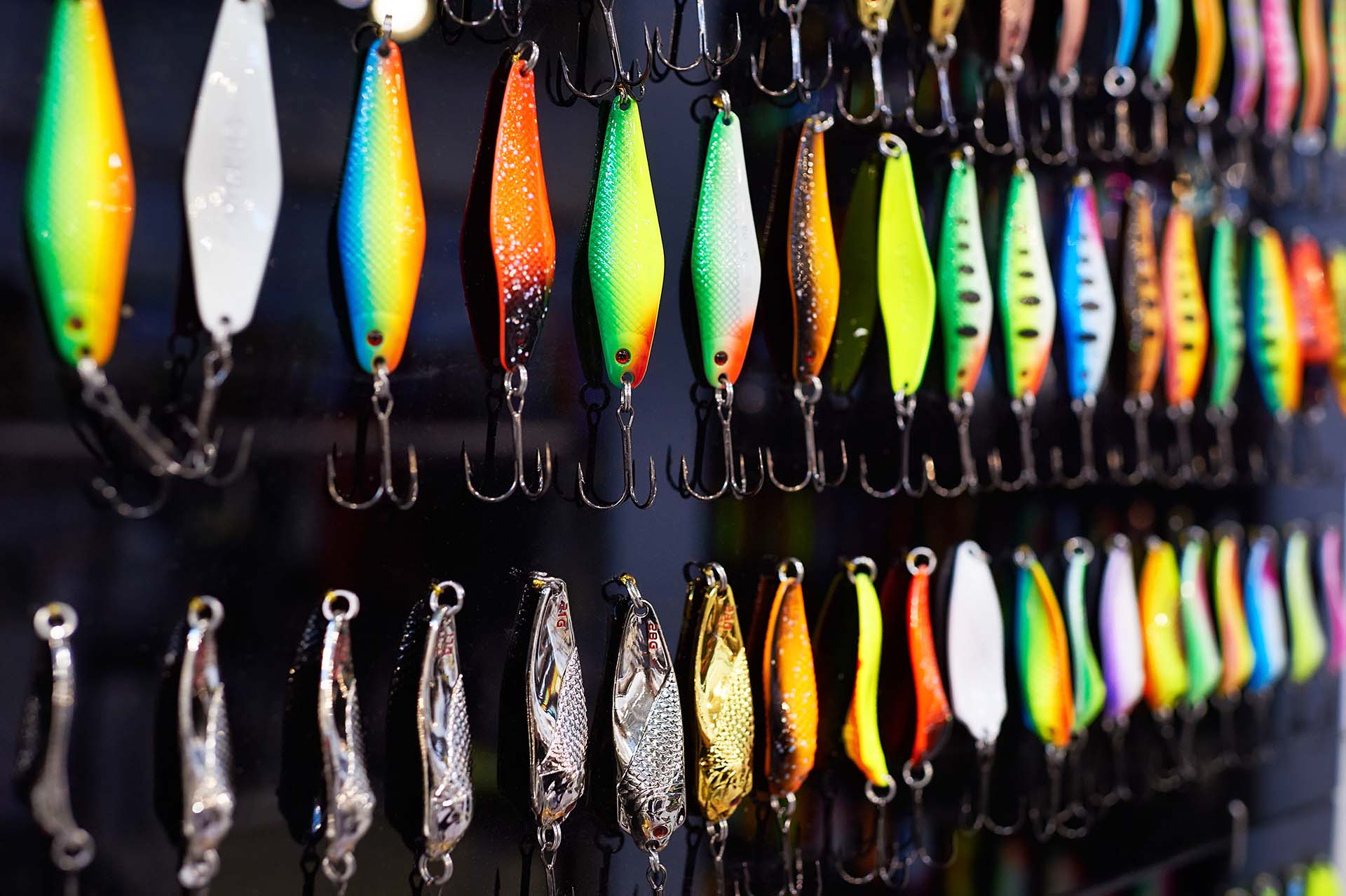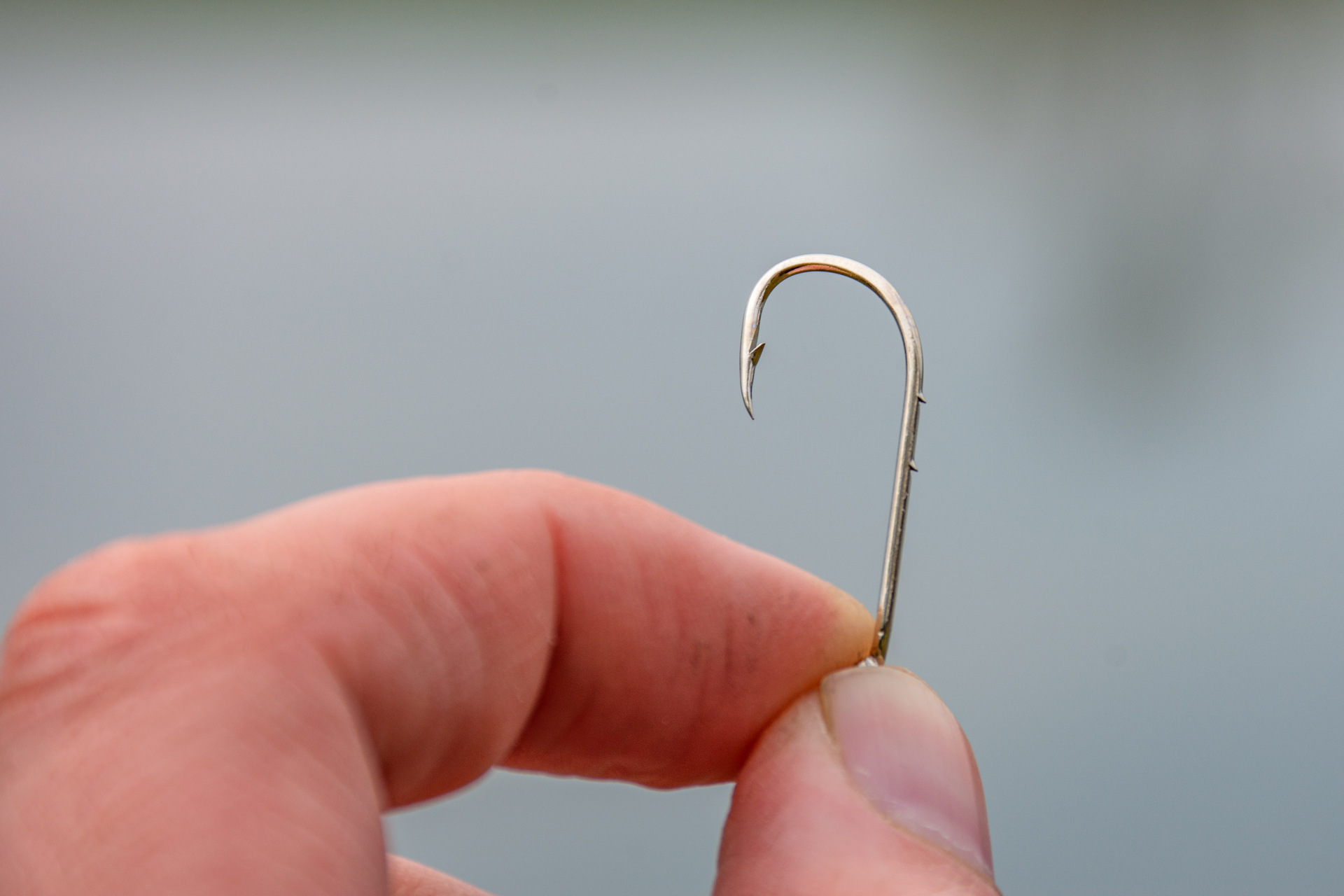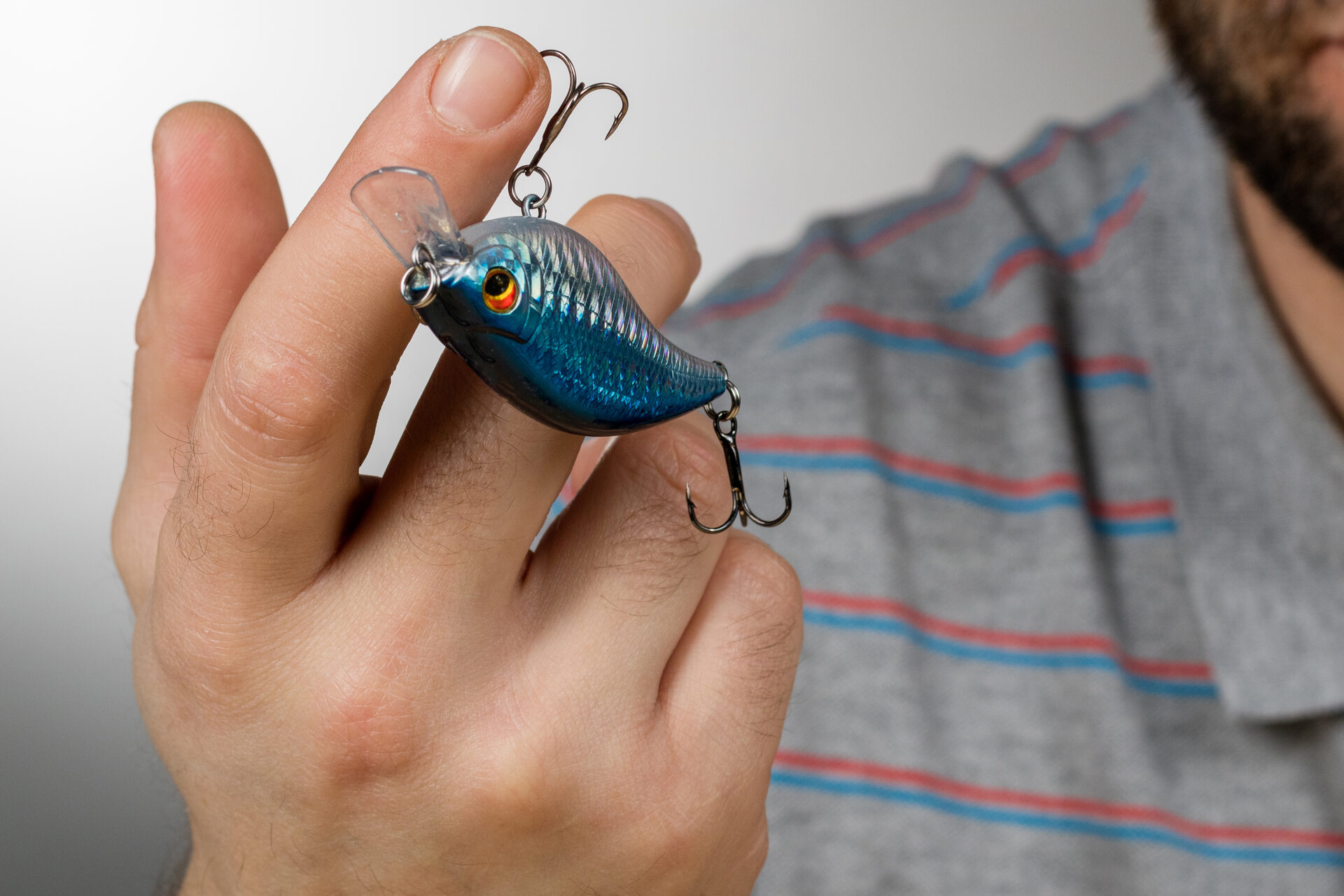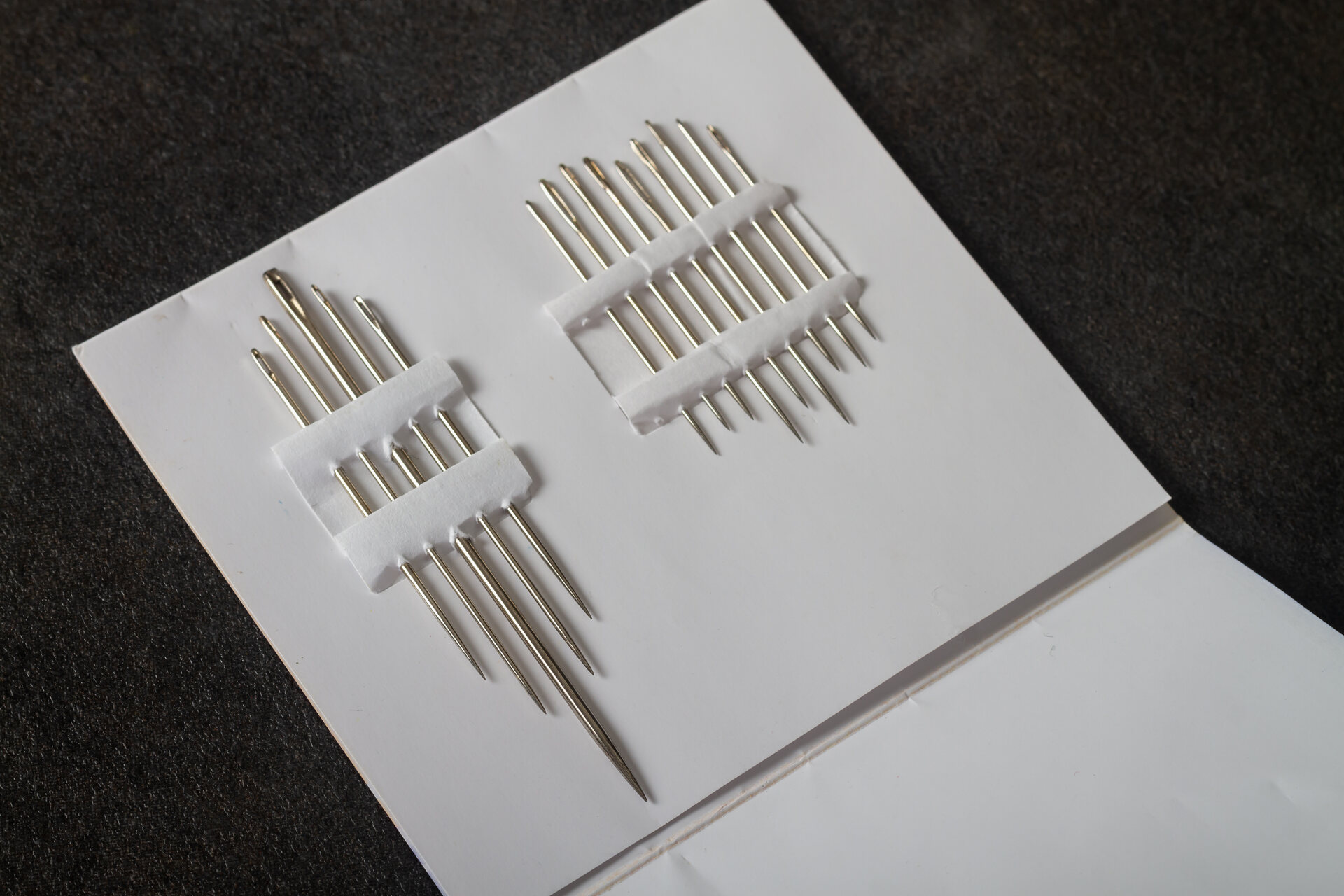Angling for a big catch and ending up with a painful surprise happens more often than you may think. Even the most experienced fishers get their fingers stuck once in a while. So, learning how to remove a fish hook from your finger in the most effective and painless way is very important if you’re a fan of this outdoor activity.
There are a few different ways to remove the fish hook by yourself. There’s simply yanking it out with a fish line, cutting the barb off with a pair of wire cutters, or using a needle to gently pull it out. No matter what your chosen technique is, it’s important that you first assert the wound and how deep it is, as these methods can be used only for cuts that are close to the surface of the skin.
Getting Yourself Hooked Instead of Landing a Catch Is Much More Common Than You May Think
With the summer season approaching, there are more and more campers and outdoors enthusiasts hanging out near streams and lakes. Some of them might try out their luck at fishing for the first time, while others are seasoned veterans. No matter the experience or how so-fish-ticated your fishing gear is, a finger will get stuck on a fishing hook sooner or later. At that moment, knowing how to effectively remove the hook becomes your most important skill.
There Are a Lot of Ways a Person Might End up With a Fish Hook Stuck in Their Finger
As just mentioned, getting a fish hook stuck in your hand or finger doesn’t happen to beginners only. Moreover, it can happen with any type of fishing you might try out or even when you’re not engaging in this activity. Just getting the fishing gear together or trying to make a fish hook from scratch can result in this unpleasant surprise.

Certain Scenarios Require Immediate Medical Attention – Don’t Try to Do It by Yourself in These Cases
When a fish hook penetrates any part of your skin, the first thing you’ll ask yourself is – Do I need to go to a hospital immediately? The answer depends on the severity of your injury, as well as your mental state at that moment. If you’re starting to panic, it’s safe to say that pulling the hook out is not a good idea at all.
A Hook Getting Stuck in or Near Your Eye Is the Worst-Case Scenario
If the wound is deep, it can cause damage to blood vessels or nerves, and that will certainly end badly if you try to deal with it yourself. While reaching the muscle tissue, bone, or joints calls for immediate medical attention, injuring your eye or the skin around it is an absolute medical emergency.
In this worst-case scenario, a person should immediately go to the nearest emergency room and lie down with the head raised, and try not to move the injured eye as it can cause further damage. It goes without saying, but trying to deal with the injury yourself in any of these cases is probably the worst thing you could do.

Compared to Other Possibilities Ending Up With a Hook Stuck in Your Finger Doesn’t Seem So Bad
Getting the fish hook stuck on your finger is probably the best possible outcome. It can be painful, the wound will most certainly bleed, and you might experience some localized swelling, but the injury is not that serious. If you’re unable to remain calm or are not sure if your tetanus shots are up to date, it’s recommended to seek professional medical help.
The hook will be removed under local anesthesia, and you won’t feel a thing. However, if the wound is not that deep, you can deal with it yourself. Sure, it won’t be a pleasant experience, but there are easy and effective ways to do it, and you’ll end up with a couple of fisherman’s tricks up your sleeve.

The Most Commonly Used Method Is the Stream or Fish Line Technique – Here’s a Step-By-Step Guide
In all possible fishing styles, the most commonly used technique is the stream method, sometimes referred to as the sting-yank technique or simply the fish line method. Its popularity stems from the fact that the method is highly effective and possibly the least painful way to do it, as no new wounds are created.
Step 1: Prepare the Area for the Unhooking Process
I’ll underline it just once more because it’s very important – you shouldn’t try any of these methods if the hook reaches deep into the muscle tissue. Once you objectively assess the wound and see it’s close to the skin’s surface, it’s time to wash your hands thoroughly and apply a disinfecting solution. The fish hook should also be cleaned because removing any dirt or debris from it will minimize the chances of you ending up with an infection.
Also, remove the adjacent gear – any existing bait, fish, and fishing line. It’s also recommended to numb the wounded area with ice or really cold water for a few minutes because it will make the whole ordeal less painful and, therefore, stressful.
Step 2: Make a Loop Out of the Fishing Line
When the line is attached to the top of the bend, a quick yank is all you need for the hook to be pulled out. It’s important to be careful while going through these preparatory steps and not move the fish hook around, as it can cause more pain or get it stuck even deeper.
Step 3: Apply Pressure and Yank the String
Making sure you don’t end up with the fish hook getting deeper, apply pressure to the hook-eye and push it downwards and inwards while holding the string in the other hand. Basically, you’re keeping the hook right where it got stuck in the first place. This will help disengage the barb of the hook, which is obviously the biggest concern when it comes to removing the whole thing.
Continuing to hold down the fish hook, give a strong yank on the fishing line away from the hook-eye. With the barb disengaged, the hook should come out the same way it got stuck, without any further injuries. Once the whole ordeal is done, make sure to clean the wound with an antiseptic and cover it with a bandage, so nothing gets into it and causes an infection.
How to Remove a Fish Hook From Your Finger With a Wire Cutter
The second method I’ll discuss entails pushing the fish hook through and cutting the barb off with a wire cutter. Sure, it sounds really unpleasant, but it’s as effective as the first option. Just keep in mind that this should be done only if the hook tip is really near the surface of the skin, as pushing it through can cause a lot of pain and further problems if the wound is deep.
Clean the Area Thoroughly Before You Start Pushing the Hook Through the Skin
No matter what method you’re using, the first step is always the same – clean your hands thoroughly, use a disinfecting solution on the wounded area, and rinse the fish hook as well. Pushing the hook to the other side of the skin should be done really carefully. Once the barb has come out, it’s time to cut it off the hook using a pair of wire cutters or any other tool that can cut through metal.
The Barb of the Hook Causes the Most Problems – Simply Cutting It off Will Save You Lots of Trouble
When the barb is cut off from the rest of the fish hook, you’ll be able to remove it by pulling it the same way it entered. This will be unpleasant and painful, but it’s definitely less stressful than yanking it out. Of course, once you’re done, the wound should be cleaned thoroughly and treated with an antibiotic ointment.

There’s One More Thing You Could Try Out – The Needle Cover Technique
The last method I’ll discuss is the most effective when it comes to single-barb large hooks. You’ll need a sterile needle, at least an 18-gauge, to ease out the fish hook. You can sterilize it with rubbing alcohol or hold a lighter to the tip of the needle until it starts glowing red. Of course, as with all techniques, it’s important to clean both the wounded area and the fish hook before you start trying to get it out.
This Technique Is Not for the Faint-Hearted, as It Involves Inserting the Needle Into Your Finger
Inserting the needle should be done very carefully, at the point of the entrance wound and at a parallel angle to the hook. Gently push down the fish hook so that the needle has enough space to slide over it. The tip of the needle should press down onto the barb so that it disengages and doesn’t cause further damage to your skin while sliding out. The needle and the fish hook should be pulled out at the same time, slowly and carefully.

Once the Fish Hook Is Out, the Most Important Thing Is to Stop the Bleeding
Once the hook is out, you should apply pressure to the wounded area to help the bleeding slow down and eventually stop. This can take a few minutes to half an hour, and if you see that the bleeding has not stopped in that time, it’s best to seek medical help because you might require stitches. Otherwise, disinfect the wound once more and put a non-adherent bandage over it. With a little bit of patience and care, your hand will be as good as new.
Keep an Eye Out for Any Warning Signs of an Infection
As your hand is healing, it’s important to keep an eye on it and contact a medical professional if you, at any point, notice something weird. Otherwise, you could end up with a bad infection that can cause a lot of problems further down the road. Here are the main indications of a developing infection you should be aware of:
- Expanding redness and swelling,
- Increased pain and tenderness,
- Fever and exhaustion,
- Drainage coming out from the wound,
- Yellow or green pus oozing out of the wound.
It’s Important to Be Prepared in the Case of an Emergency – Now You Know How to Deal With the Most Common Fishing Injury
It’s o-fish-ial! You’ve learned how to hook a fish, as well as how to remove it from the hook, and now you know how to deal with the most common accident when it comes to the whole ordeal. This simple fisherman’s trick can go a long way and help you and the people around you in case of an injury. A reel expert can handle anything that comes their way.







